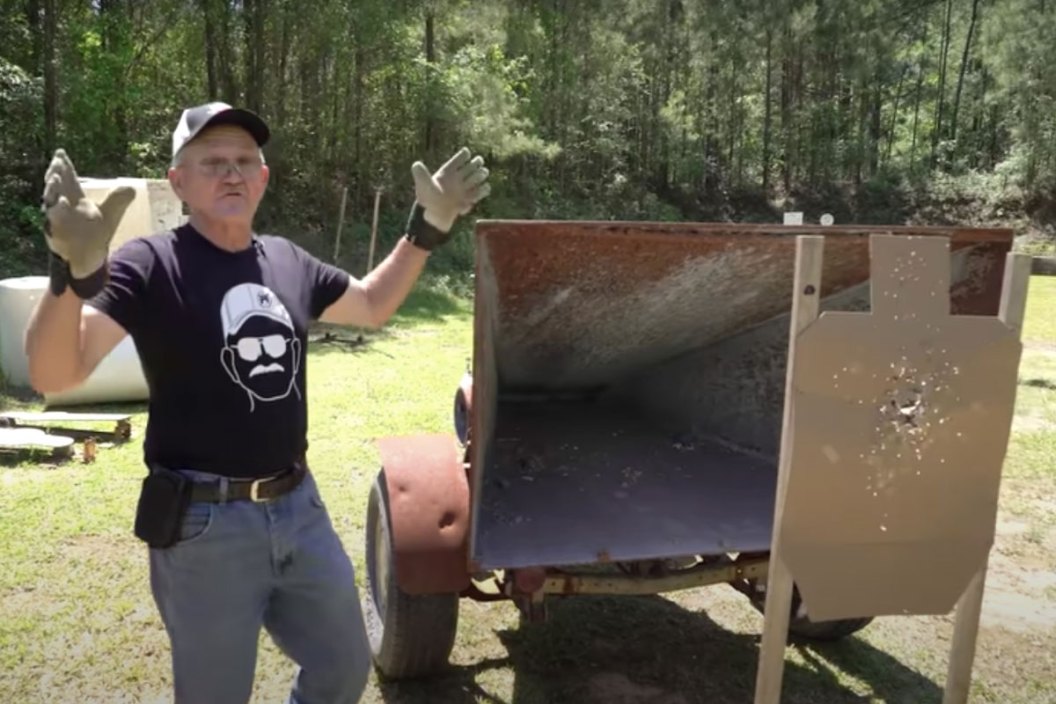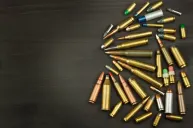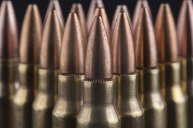These are the three major types of bullet traps and how they work.
You may not know it, but if you've ever shot at an outdoor or indoor shooting range, you were shooting at a bullet trap of some kind.
A bullet trap is a device or structure in front of the gun range's backstop specifically designed to stop and collect fired bullets. They serve a number of additional purposes and make shooting ranges safe by preventing overpenetration, damage from stray shots outside the target area, and ricochets.
You might notice indoor ranges are particular about the size of your shooting targets and how they should be hung. That's because, if the center of the target is oriented too high or low, the shooter might be shooting outside the upper and lower range of the trap and put their bullets into the ceiling or floor.
Because a bullet trap collects the projectiles, it prevents the release of toxic heavy metals like lead dust, from getting into the environment. Some indoor traps even have a negative pressure system that filters the lead dust from the air inside the impact zone. They also allows for the bullet materials to be recycled.
There are several types of bullet traps and each works a little differently to achieve roughly the same end result.
Deceleration Traps
These traps direct projectiles into a helical or circular chamber. The bullet slides against the curved chamber wall and gradually loses velocity from that friction until it drops to the bottom of the chamber.
The deceleration chamber itself usually looks like a horizontal pipe that bullets are sort of funneled into by upper and lower steel plates that slope toward it. Deceleration traps can be fired at from various positions while remaining just as effective.
Some deceleration traps have an oil coating to capture dust. Lightweight, portable bullet traps like this are commonly used for airguns and rimfire ammo.
Impact Bullet Traps
These traps use hardened vertical or angled steel plates up to 10mm in thickness that slope downward. The projectiles hit the steel and are directed by deflection downward into a collection medium like sand or sometimes water.
Bullets don't remain whole, as the slope is severe enough to cause them to shatter on impact. This is done purposely to prevent ricochets. At close range, the impact plate may have a self-healing anti-splash curtain in front of it to catch any bullet fragments and prevent them from coming back toward the shooter.
These types of bullet traps have a small footprint, making them popular at indoor ranges to maximize lane space.
Friction Traps
This type of trap gradually slows down a bullet with a particular medium, producing less dust than other traps. This is the best type of trap to use with high-velocity centerfire rifle bullets.
A berm at an outdoor range is a friction trap, as is a wall of sandbags, tires (or ground up tires), or other materials. ISSF rifle vents use individual friction bullet traps that consist of a metal box filled with plastic beads that capture the projectile.
Remember, it's not wise to shoot at whole tires with a handgun, as the rounds could actually not penetrate the material and bounce back. Whole tires are best used with centerfire rifles that will surely penetrate them.
NEXT: THE 5 BEST HOME-DEFENSE SHOTGUNS
WATCH





